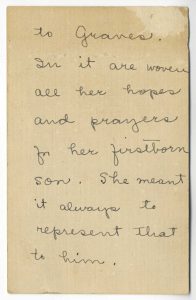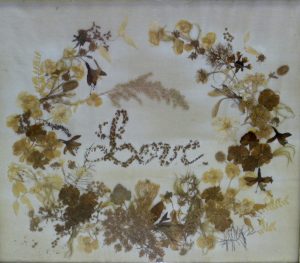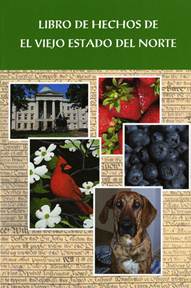LYNN NEARY, HOST [of NPR’s “All Things Considered”]:
Also this week, we heard about a boarding school for overweight children in North Carolina. In that story, we mentioned that, because of the school’s policies, you won’t find any buttered cornbread, pork barbecue or huckleberry pie. But North Carolina native, Elizabeth Thompson(ph) of Durham wants to know, what huckleberry pie? She writes: I’ve never seen it offered in a restaurant or on the table at a church picnic. I don’t even know what a huckleberry looks like. While this may seem like a quibble, the mention of huckleberry pie perpetuates regional stereotypes, reinforcing images of quaint bumpkins living in Mayberry. We don’t eat huckleberry pie — really.
BLOCK: Well, for a second opinion, we turned to Bill Smith. He’s the chef at Crook’s Corner Restaurant in Chapel Hill.
BILL SMITH: Well, I have to agree. I mean, I don’t take the regional umbrage that they took, but I have to say that I don’t think that we have those here.
NEARY: We also checked back in with our own reporter, Karen Grigsby Bates, to find out why huckleberry, to which she offered this very personal answer: I used to pick them as a child when I spent part of many summers with my maternal grandparents in Charlotte. They had several huckleberry bushes in the backyard. They’re kind of like blueberries but smaller, and they make great pies and very good jam.
BLOCK: So one huckleberry mystery solved, but Bill Smith of Crook’s Corner Restaurant has another that’s long had him scratching his head.
SMITH: That stupid thing in “Moon River” about my huckleberry friend has always given me pause. I don’t know what that’s supposed to mean, so it goes with pie, I guess. They go and have pie together somewhere.
(SOUNDBITE OF SONG, “MOON RIVER”)
ANDY WILLIAMS: (Singing) My huckleberry friend. Moon River…
— From npr.com via poynter.org







